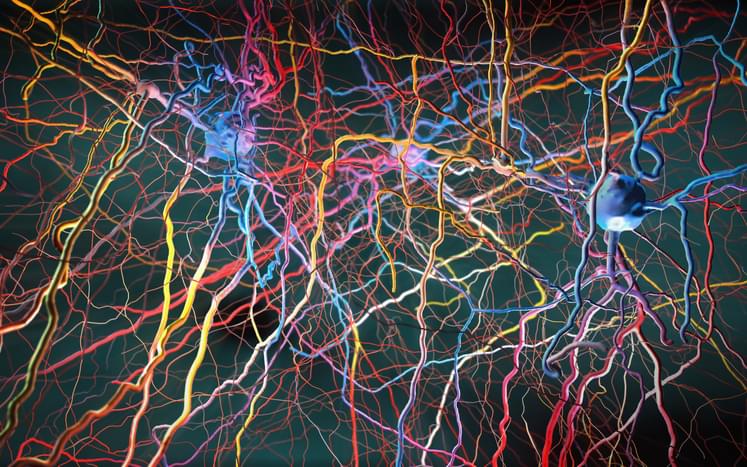Added Hofer, “Our results challenge traditional views about learning and memory. While the cerebral cortex has long been considered the brain’s primary centre for learning, memory and behavioral flexibility, we found the subcortical vLGN and not the visual cortex actually stores these crucial memories. This neural pathway can provide a link between cognitive neocortical processes and ‘hard-wired’ brainstem-mediated behaviors, enabling animals to adapt instinctive behaviors.”
The implications of the discoveries extend beyond the laboratory, the team suggests. Dysfunction of pathways through vLGN or impairments in eCB-dependent plasticity could contribute to fear and anxiety disorders and PTSD, the team suggested. “… targeting these pathways, for example, by using deep brain stimulation, or enhancing eCB-dependent plasticity within these circuits may facilitate suppression of maladaptive fear responses, suggesting new therapeutic strategies for fear-related disorders.”
Hofer stated, “Our findings could also help advance our understanding of what is going wrong in the brain when fear response regulation is impaired in conditions such as phobias, anxiety and PTSD. While instinctive fear reactions to predators may be less relevant for modern humans, the brain pathway we discovered exists in humans too. This could open new avenues for treating fear disorders by targeting vLGN circuits or localized endocannabinoid systems.”
